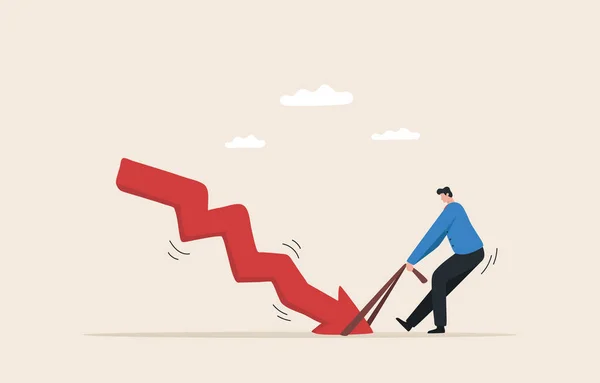In the ever-changing world of finance, stock markets fluctuate, commodities wane and wax, and currencies rise and fall. Amidst this sea of unpredictability, investors are constantly seeking stability and a shield against the vagaries of economic cycles. This is where the concept of resilience in investment comes into play. Building a resilient investment portfolio can help you weather financial storms and ensure that your investments deliver consistent, long-term returns.
Understanding the Concept of Resilience in Investment

Resilience in investment refers to the ability of an investment portfolio to withstand financial shocks, market volatility and economic downturns, and still provide stable returns. It implies a portfolio’s capacity to bounce back after taking a hit and continue to perform well. This resilience is not achieved by chance, but through careful planning and strategic investment decisions. The fundamental principle behind resilience is risk management. A resilient portfolio is not necessarily one that never falls in value, but one that falls less than the market during downturns and recovers more quickly when the market rebounds.
The Importance of Building Resilience in Your Portfolio

Building resilience in your portfolio is a key aspect of successful investing. Firstly, it helps protect your investments from severe losses during market downturns. Secondly, it provides a more consistent return profile, making cash flow planning easier. Thirdly, a resilient portfolio is more likely to meet long-term financial goals as it can withstand market volatility and recover from financial shocks. Finally, resilience encourages investor confidence. In uncertain times, having a resilient portfolio can reduce stress and promote peace of mind.
Practical Steps to Fortify Your Investment Portfolio

Building a resilient portfolio requires a strategic and disciplined approach. Here are some practical steps to fortify your investment portfolio:
- Understand Your Risk Tolerance: This refers to the amount of loss you are willing to bear. It’s critical to align your investments with your risk tolerance.
- Invest for the Long Term: Long-term investments are typically more resilient to short-term market fluctuations.
- Regularly Review and Rebalance Your Portfolio: This can help ensure that your portfolio maintains an appropriate level of risk and return.
Diversification: The Key to a Resilient Portfolio

Diversification, the practice of spreading investments across various financial instruments, sectors, and geographies, is the cornerstone of a resilient portfolio. By not putting all your eggs in one basket, you can reduce risk and enhance the potential for stable returns. Diversification can be achieved through a mix of asset classes (stocks, bonds, cash, etc.), sectors (technology, healthcare, finance, etc.), and geographic locations (domestic, international, emerging markets, etc.).
| Diversification Strategy | Risk Level | Potential Returns |
|---|---|---|
| Asset Class Diversification | Moderate | Stable |
| Sector Diversification | High | High |
| Geographic Diversification | Low | Moderate |
Case Studies: Resilient Investment Portfolios in Practice

Several case studies illustrate the power of resilient investment portfolios. For instance, during the 2008 financial crisis, portfolios with a healthy mix of bonds and stocks fared better than those heavily skewed towards stocks. Similarly, during the dot-com bubble burst in 2000, investors with diversified portfolios across various sectors managed to mitigate losses, while those heavily invested in tech stocks suffered significant setbacks. These examples underscore the importance of portfolio resilience in navigating economic and market downturns.
Maintaining Resilience in Your Portfolio Over Time

Maintaining portfolio resilience is not a one-time exercise but a continuous process. Regular reviews and rebalancing are essential. Keep an eye on market trends and be ready to make adjustments as needed. Resilience also requires patience and discipline, as the benefits are usually realized over the long term. Understand that portfolio resilience is not about completely eliminating risk, but about managing it effectively to achieve your investment goals.
Building and maintaining a resilient investment portfolio can be a complex task, but the rewards are worthwhile. By understanding your risk tolerance, diversifying your investments, and regularly reviewing and adjusting your portfolio, you can weather financial uncertainties and stay on track towards achieving your financial goals. Remember, the key to investment success lies not in avoiding risks, but in managing them effectively.






Regularly reviewing and rebalancing your portfolio is important.
It explains how diversification helps in managing risk.
The case studies show how resilience worked during crises.
I learned that resilience in investment is about recovering quickly.
The article talks about building a strong investment portfolio.
Building resilience can reduce stress during tough times.
The article gives practical steps for making a resilient investment.
The article mentions that resilience helps in long-term returns.